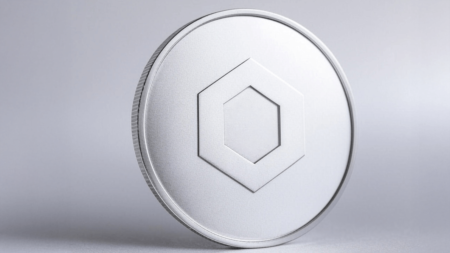Bitcoin, the first cryptocurrency ever created, has revolutionized the way we think about money and transactions. However, as its popularity has grown, the network has faced challenges in terms of scalability. The original design of Bitcoin only allows for seven transactions per second, which has led to high fees and slower transaction times. In response to these challenges, Bitcoin layer two (L2) solutions have emerged to improve the network’s efficiency and scalability.
One of the key issues facing Bitcoin is its limited capacity to process transactions. With only seven transactions per second, the network often becomes congested, leading to high fees and slower transaction times. This has been a major barrier to widespread adoption of Bitcoin as a means of payment. In order to address this issue, developers have been working on layer two solutions that can help increase the network’s capacity and improve its performance.
Bitcoin layer two solutions work by creating an additional layer on top of the main blockchain network. This layer helps to offload some of the transaction processing from the main network, allowing for faster and cheaper transactions. One of the most well-known layer two solutions for Bitcoin is the Lightning Network. The Lightning Network is a decentralized network that enables instant, low-cost transactions between users. By using the Lightning Network, users can send and receive Bitcoin payments in a matter of seconds, with minimal fees.
Another popular layer two solution for Bitcoin is the Liquid Network. The Liquid Network is a sidechain built on top of the Bitcoin blockchain that allows for faster and more private transactions. By using the Liquid Network, users can move Bitcoin between different exchanges and platforms quickly and securely. The Liquid Network also supports the issuance of new digital assets, such as stablecoins, on top of the Bitcoin blockchain.
In addition to the Lightning Network and the Liquid Network, there are several other layer two solutions in development for Bitcoin. These solutions aim to address the network’s scalability challenges and make it more efficient for everyday use. By leveraging layer two solutions, Bitcoin can potentially become a more viable option for payments and transactions on a global scale. While there is still work to be done in terms of scalability and adoption, layer two solutions offer promising solutions to enhance the functionality of the Bitcoin network.
Overall, Bitcoin layer two solutions represent an important step forward in addressing the scalability challenges facing the network. By creating additional layers on top of the main blockchain, these solutions help to improve the efficiency and speed of transactions on the network. As more developers continue to work on layer two solutions for Bitcoin, we can expect to see significant improvements in the network’s performance and usability. With the right solutions in place, Bitcoin has the potential to become a more mainstream and widely adopted form of digital currency in the future.

















